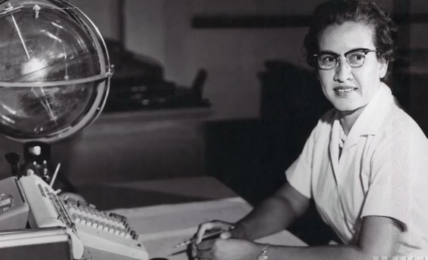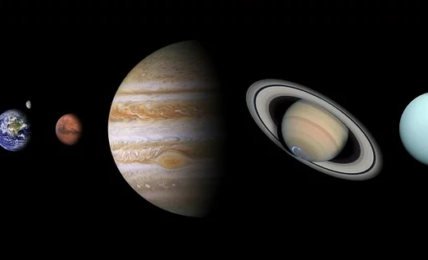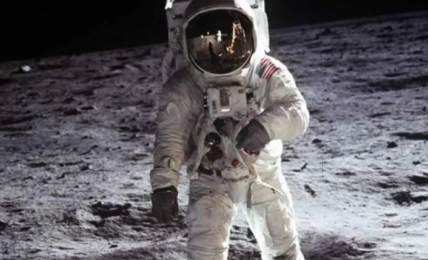NASA women who inspired ‘Hidden Figures’ receive Congressional Gold Medals
Engineers Christine Darden and Mary Jackson, mathematician Katherine Johnson, and computer programmer Dorothy Vaughan have been awarded Congressional Gold Medals, the highest civilian award in the U.S.








